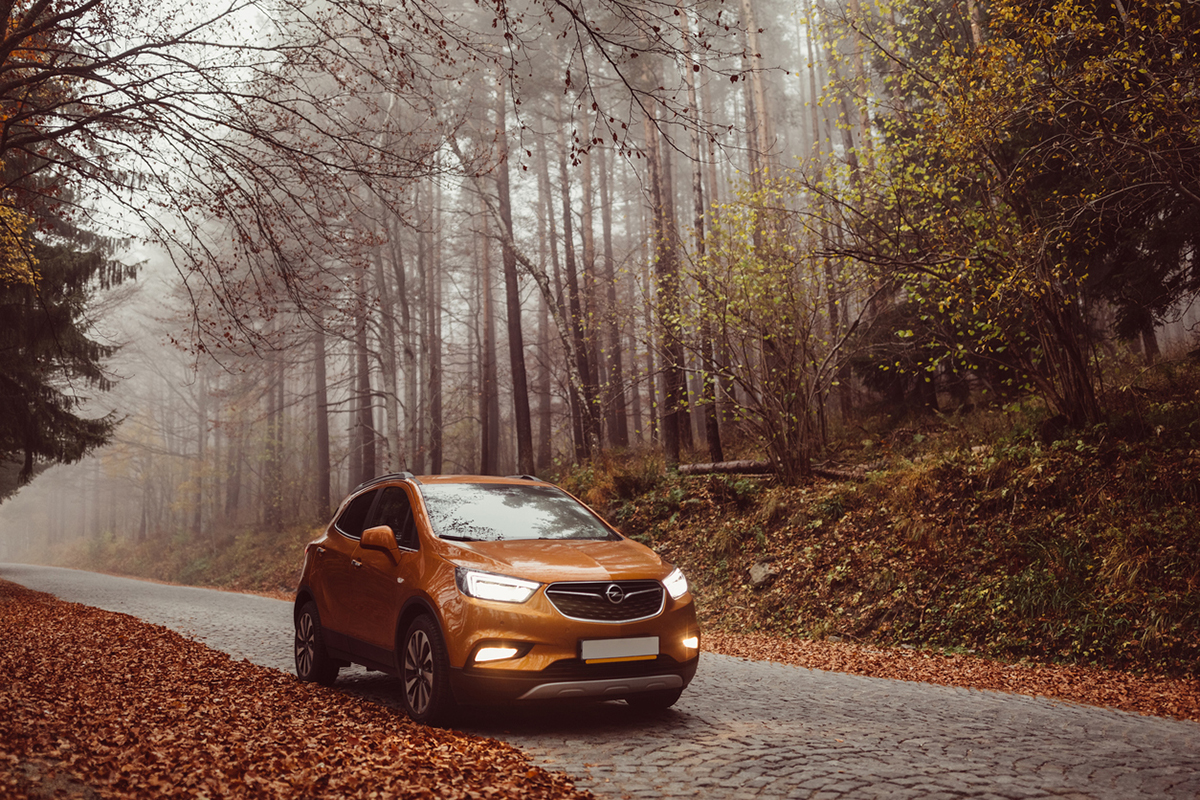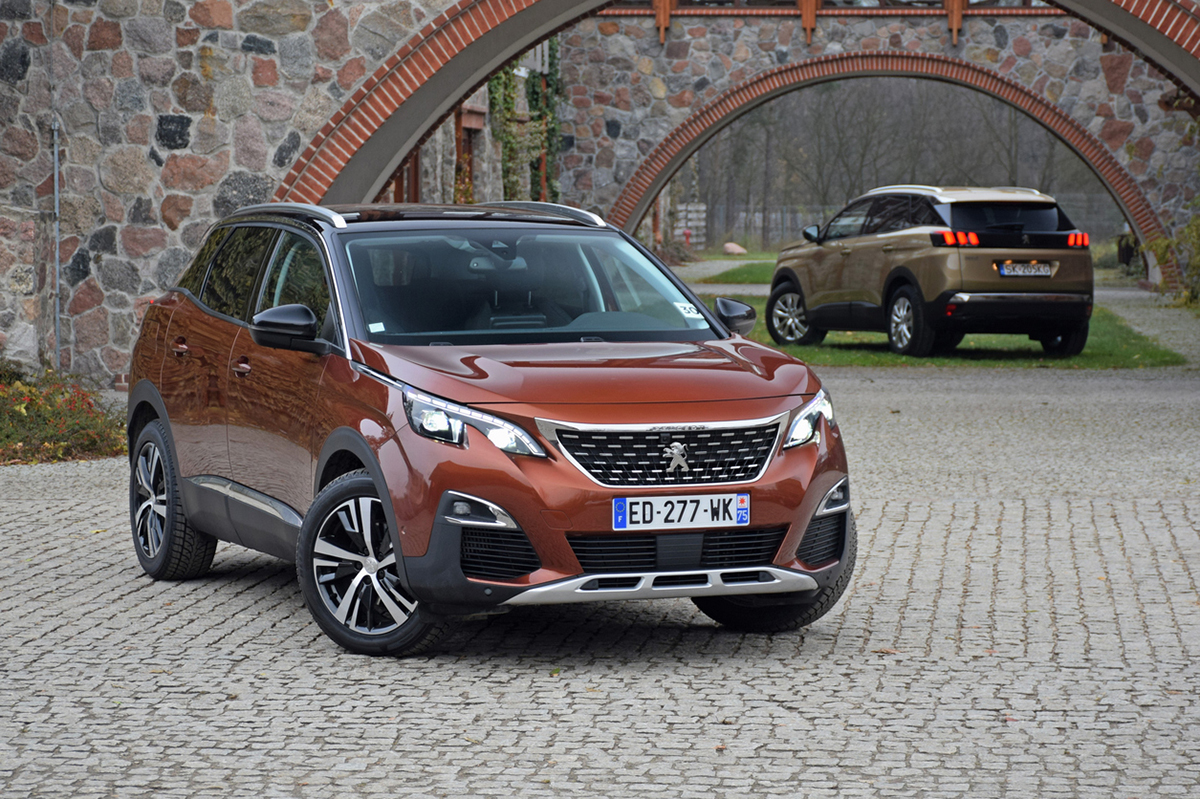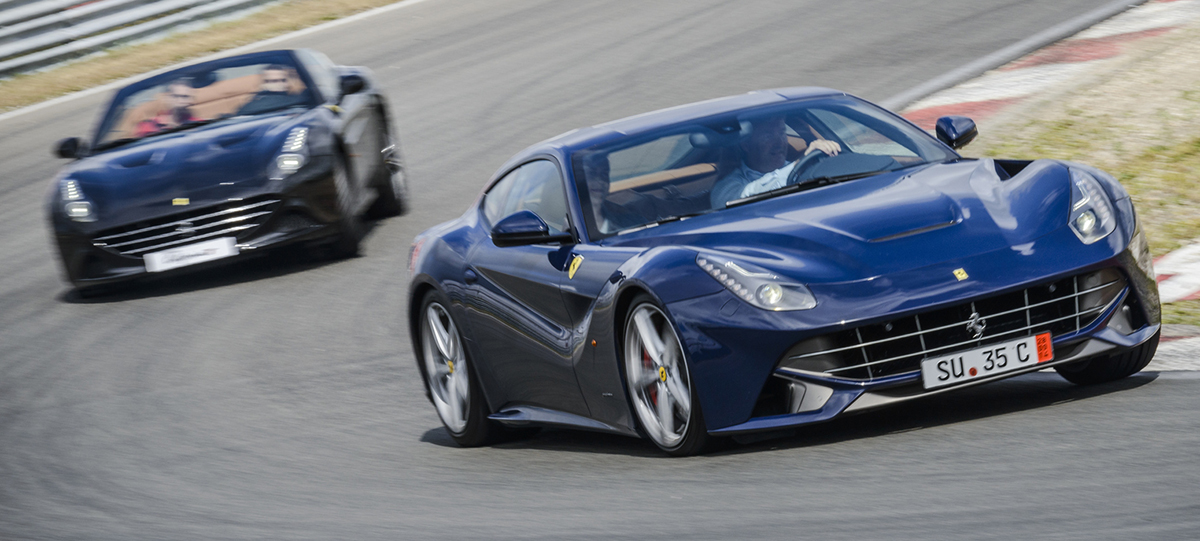How to Photograph Cars | The Basics
Car race, shows or car club meetings can be great opportunities to photograph cars. In most instances you’ll find that the owners have spent quite a bit of time cleaning and polishing their motors to make sure that they look their best, so they gleam in your photos. If you want to photograph your own car, or perhaps one that you’ve rented for the day, it’s well worth taking a leaf out of their book and giving it a thorough clean, paying particular attention to things like the tyres and trim.

Time and Location
Once your car is spotless, you need to find the right location to show it off. An urban scene like a railway arch with graffiti or an industrial estate could work well, for example.
Alternatively, perhaps you’d like somewhere more rural? A lay-by along the edge of a woodland or at the bottom of a hill perhaps?
Once you’ve decided your location, the next thing to consider is the angle at which to park the car, or where to stand relative to the road, so it’s set-off well against the background. A three-quarters on angle is often favoured as it lets you see both the front and the side of the vehicle in the image.

If you’re photographing a parked car, you’ll probably have to clean off the odd speck of dirt and double-check that the tyres still look pristine once it’s in place.
Light quality is just as important to car photography as it is to landscapes. Ideally shoot in the golden hour just before sunset or after sunrise so the car is bathed is soft, warm light.
Camera Settings for Car Photography
If you’re photographing a stationary car, you don’t need to worry about freezing movement so you can use a low sensitivity (ISO) setting and small aperture such as f/11 or f/16 to get it and the background nice and sharp. Aperture priority or Manual exposure mode work well.
To get the best results, put your camera on a tripod to ensure there’s no movement.
Photographing a moving car requires control over shutter speed, making Shutter priority or Manual exposure mode advisable. Freezing a fast moving car may require a shutter speed as fast as 1/1000sec or greater, but if you’re panning with the car to blur the background, start with 1/60sec. If you nail the shots and get the car sharp, try dropping to 1/30sec or even 1/15sec to get more blur in the background and the wheels for a greater sense of speed.
It’s usually easier to hand-hold a camera when you’re panning to follow movement, but a monopod can be useful for supporting a heavy lens or avoiding vertical shake.

Autofocus
With a motionless car you can use Single AF mode and select a single point for focusing to ensure that you get the focus on exactly the right area. If the car is moving, however, Continuous AF is a better choice (and continuous shooting). You may also need to use a larger focusing area to make it easier to target the car itself.
- 14 Mar 2018



































































